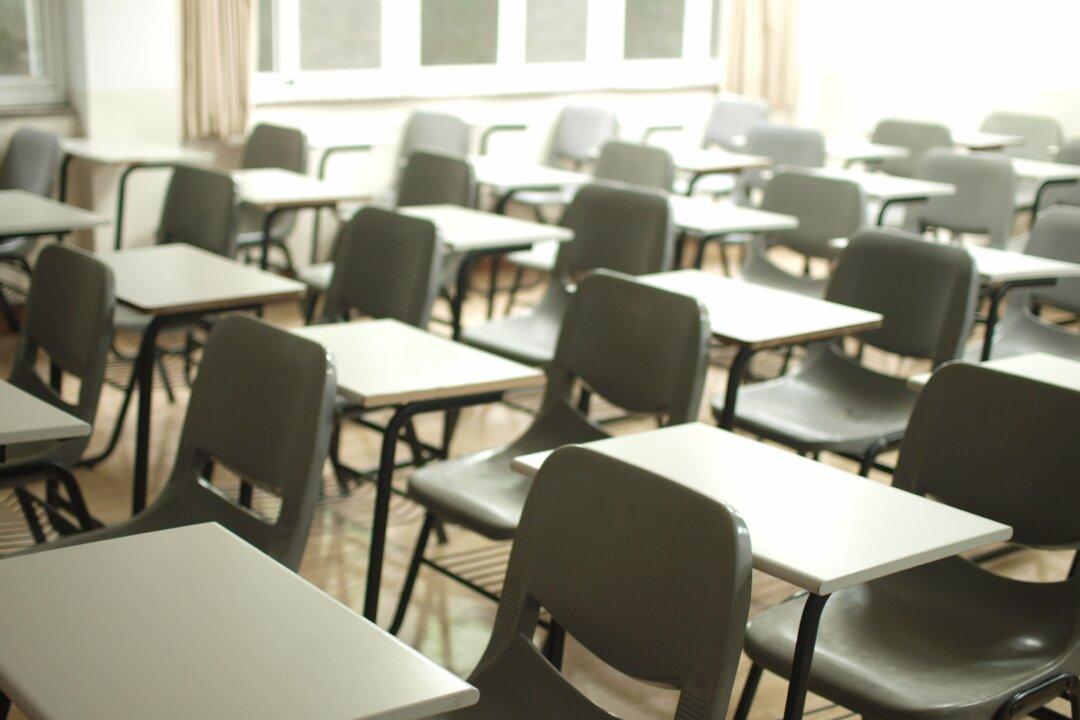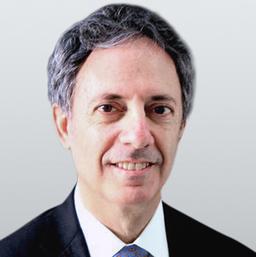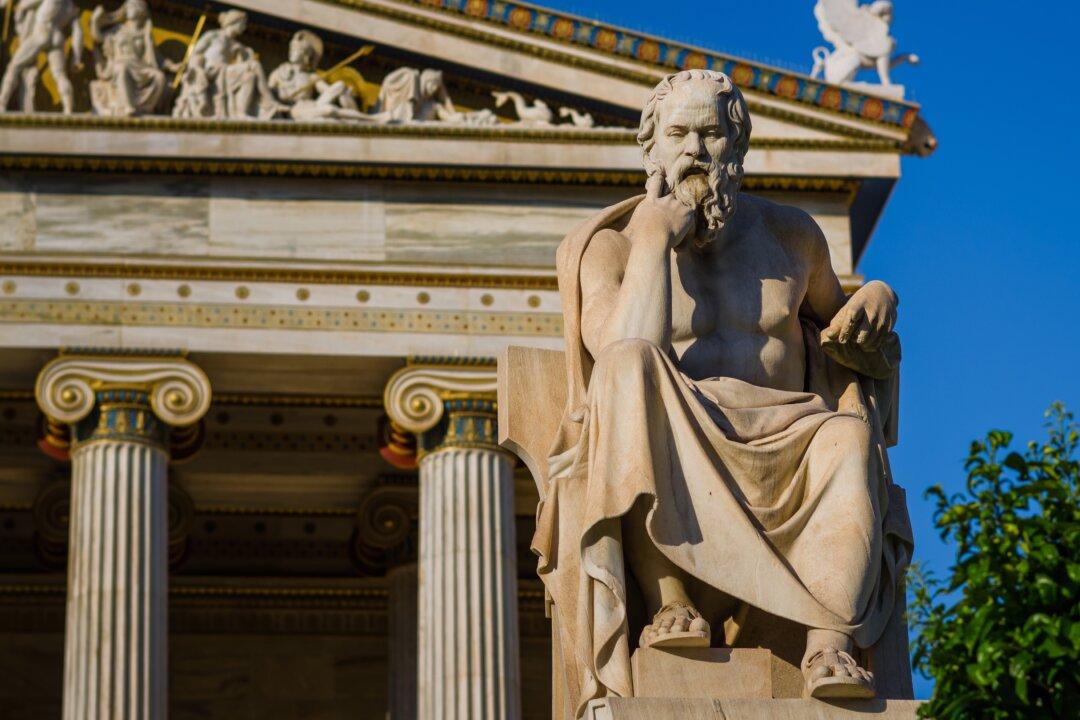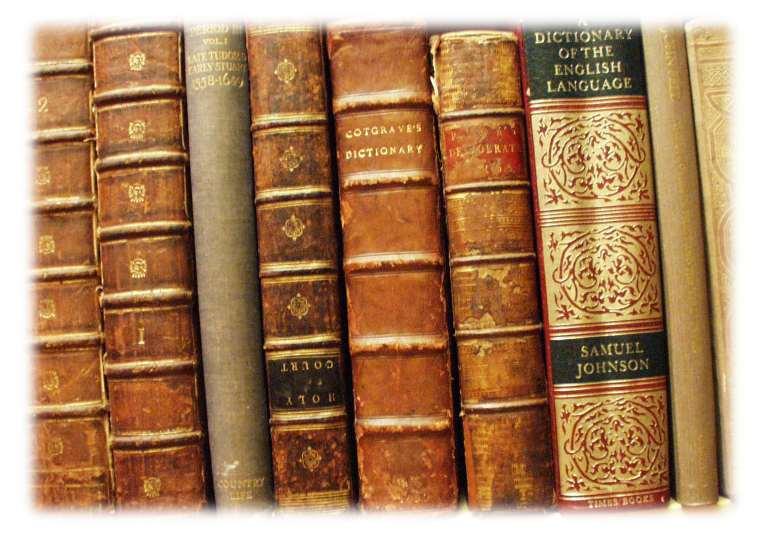Commentary
Machiavelli observes in “The Prince” that politics presents challenges akin to those physicians sometimes face: “In the beginning of the illness, it is easy to cure and difficult to recognize, but in the progress of time, when it has not been recognized and treated in the beginning, it becomes easy to recognize and difficult to cure.”





